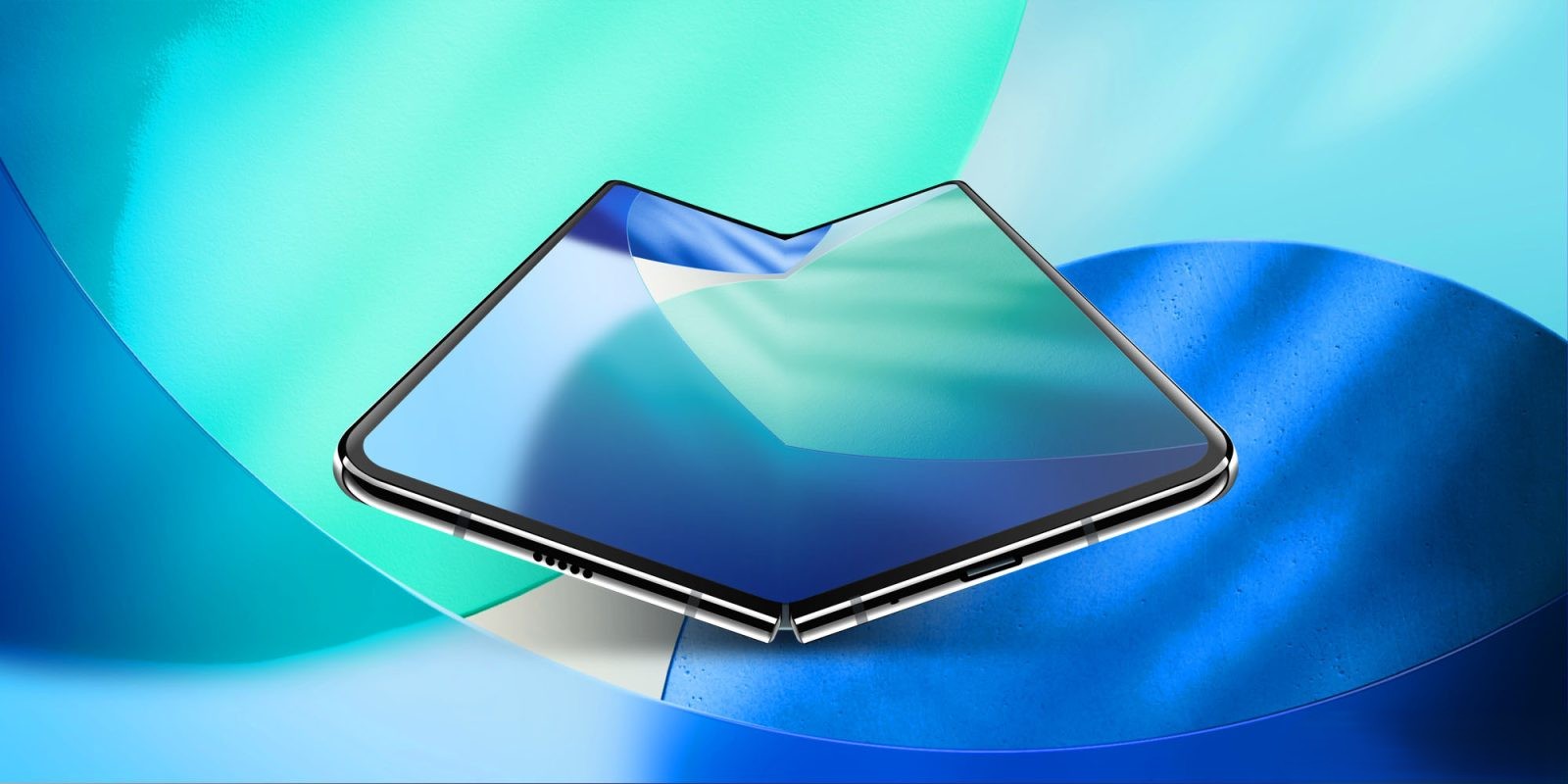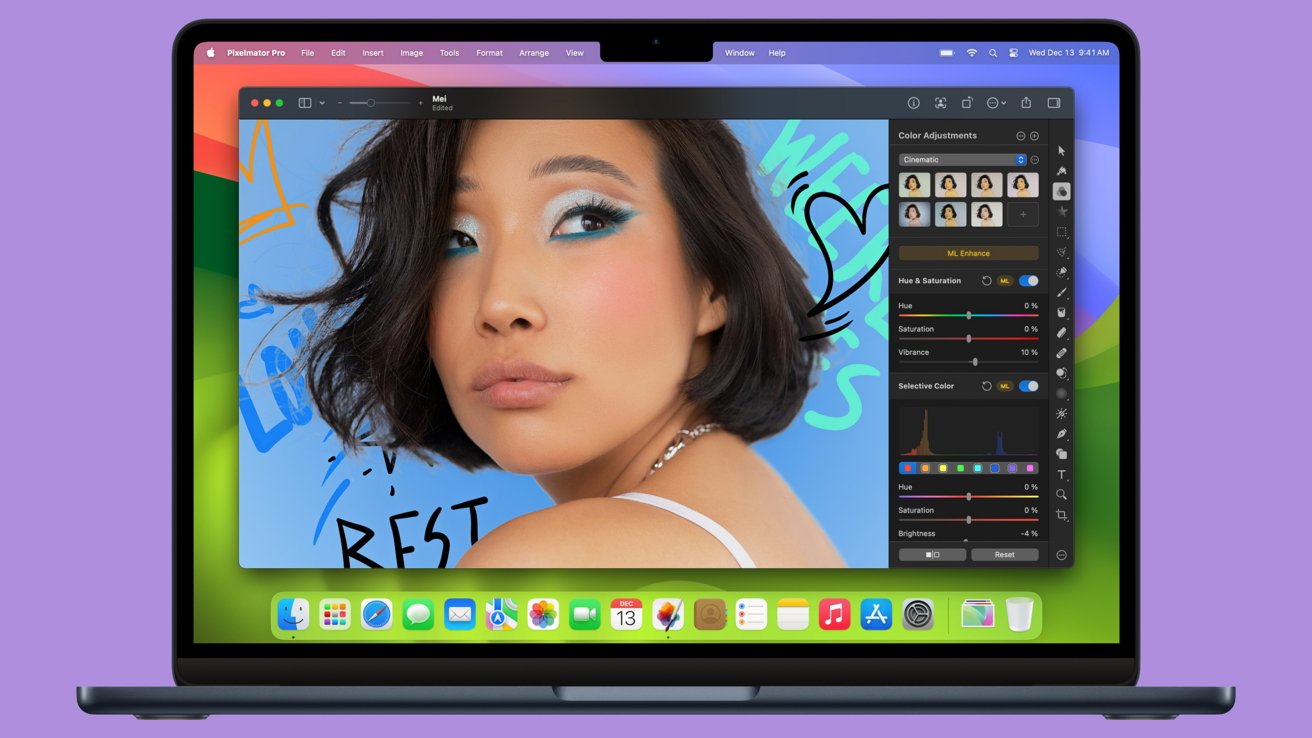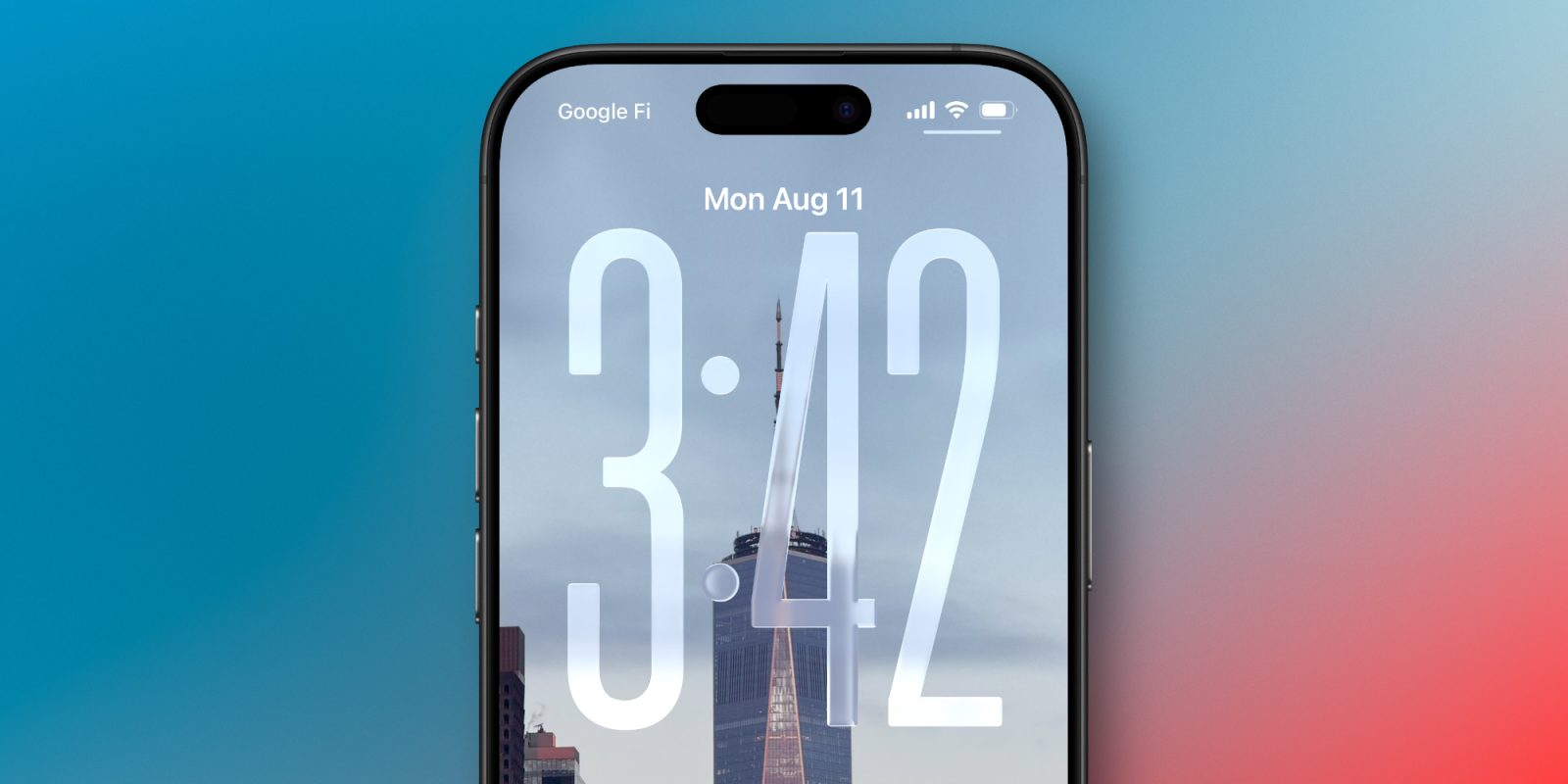Apple is poised to introduce its inaugural foldable iPhone, tentatively named the iPhone Fold or iPhone Ultra, in the near future. Recent insights from Mizuho Securities, as reported by The Elec, shed light on the device’s expected screen dimensions and possible production challenges that could influence its release timeline.
Revised Screen Dimensions
Contrary to earlier projections, the iPhone Fold is now anticipated to feature:
– Outer Display: 5.38 inches
– Inner Display: 7.58 inches
These measurements are slightly reduced from the previously expected 5.5-inch and 7.8-inch displays, respectively. For context, the smallest current iPhone, the iPhone 16e, boasts a 6.1-inch screen. The flagship models, such as the iPhone 17 and 17 Pro, come with 6.3-inch displays, while the iPhone Air and iPhone 17 Pro Max offer 6.5-inch and 6.9-inch screens, respectively. When folded, the iPhone Fold’s outer display closely mirrors the discontinued iPhone mini’s 5.4-inch screen, suggesting a compact form factor reminiscent of the mini series.
Potential Production Challenges and Launch Timeline
Apple’s initial plan aimed for a fall 2026 launch of the iPhone Fold. However, Mizuho Securities highlights concerns regarding the extended finalization process, particularly the intricate hinge design, which could lead to supply constraints. While a 2026 release remains plausible, there’s a possibility of limited initial availability. Should production hurdles persist, the launch might be deferred to 2027.
Design and User Experience Considerations
The iPhone Fold is expected to adopt a book-style folding mechanism, offering users a seamless transition between a standard iPhone experience and a larger display akin to an iPad mini when unfolded. This design aims to provide versatility, catering to users seeking both portability and an expansive screen for multimedia consumption and productivity tasks.
Market Position and Pricing
Positioned as a premium device, the iPhone Fold is projected to carry a higher price point compared to existing iPhone models. Analysts suggest a starting price between $2,100 and $2,300, reflecting the advanced technology and materials involved in its construction. This pricing strategy aligns with Apple’s approach to offering cutting-edge technology to consumers willing to invest in premium products.
Technological Innovations and Challenges
Apple’s foray into foldable technology involves addressing several engineering challenges:
– Display Durability: Ensuring the foldable screen withstands repeated folding without compromising visual quality or structural integrity.
– Hinge Mechanism: Developing a robust yet sleek hinge that allows smooth folding while maintaining the device’s slim profile.
– Software Optimization: Adapting iOS to seamlessly transition between folded and unfolded states, providing a consistent and intuitive user experience.
These challenges necessitate meticulous design and testing to meet Apple’s stringent quality standards.
Comparative Market Analysis
The foldable smartphone market has seen entries from competitors like Samsung and Huawei. Samsung’s Galaxy Z Fold series and Huawei’s Mate Xs have set benchmarks in this segment. Apple’s entry is expected to intensify competition, potentially driving innovation and adoption rates. However, Apple’s emphasis on quality and user experience may justify the premium pricing, appealing to its loyal customer base.
Consumer Expectations and Market Impact
Anticipation for the iPhone Fold is high, with consumers eager to see how Apple integrates foldable technology into its ecosystem. The device’s success could influence future design trends and the adoption of foldable technology across the industry. Apple’s approach to addressing existing challenges, such as display creasing and durability, will be critical in determining the product’s reception.
Conclusion
The iPhone Fold represents a significant step in Apple’s product evolution, blending innovation with the company’s hallmark design philosophy. While production challenges may affect the launch timeline, the device’s potential to redefine user experiences keeps anticipation high. As Apple continues to refine its design and production processes, consumers and industry observers alike await further developments with keen interest.



